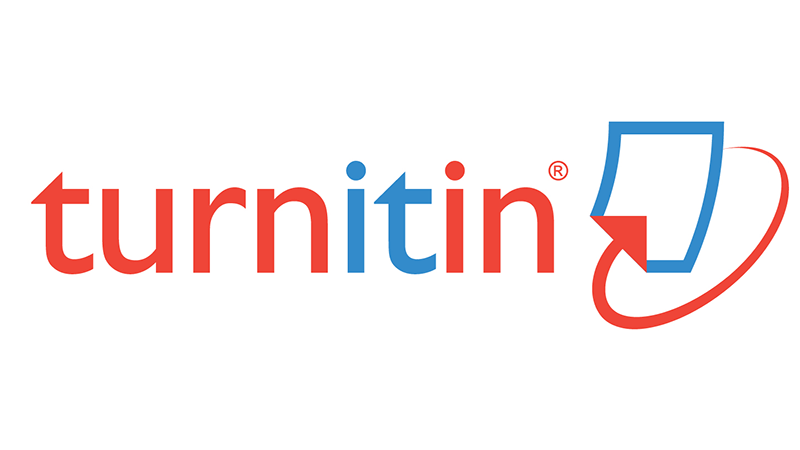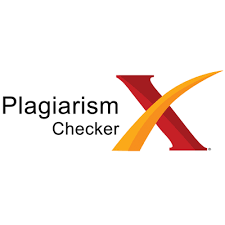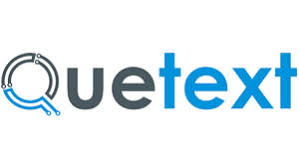Author Guidelines
1. Naskah diketik dengan spasi tunggal, jenis huruf Times New Roman ukuran 12 pt, ukuran kertas A4 dengan batas kiri 4 cm/kanan 3 cm/atas 3 cm/bawah 3 cm, dan panjang naskah kurang lebih 3.000 – 5.000 kata. Judul naskah ditulis dengan huruf kapital dan dicetak tebal, contoh “ANWENDUNGSFEHLER (...)” . Subjudul peringkat pertama ditulis dengan huruf kapital pada tiap-tiap awal kata dan dicetak tebal, contoh “Pendahuluan”. Subjudul peringkat kedua ditulis dengan huruf kapital pada tiap-tiap awal kata, kecuali kata tugas, dan dicetak normal, contoh “Teknik dan Prosedur Analisis Data”.
2. Sistematika naskah:
a. Judul
Judul sesuai dengan tema yang tercantum dalam ruang lingkup jurnal, belum pernah diterbitkan, merepresentasikan isi naskah, menunjukkan variabel dan hubungan antarvariabel, berupa frasa yang terdiri dari 5 – 15 kata, memiliki daya tarik. Khusus untuk naskah yang berbahasa Indonesia atau Jerman, judul ditulis pula dalam bahasa Inggris. Judul dalam bahasa Inggris ditulis di bagian bawah judul asli.
b. Abstrak
Abstrak bersifat padat, terdiri dari 75 – 150 kata, dan ditulis dalam bahasa Inggris. Untuk hasil pemikiran, abstrak memuat tujuan penulisan dan hasil pemikiran. Untuk hasil penelitian, abstrak memuat tujuan, metode, dan hasil penelitian.
c. Kata Kunci
Kata kunci memiliki makna yang khas dan jelas, terdiri dari 3 – 5 kata/frasa, eksplisit ada dalam judul atau implisit dalam naskah, mengacu pada glosarium yang relevan, dan dapat digunakan untuk filing and searching.
d. Pendahuluan
Pendahuluan disusun dengan subjudul (peringkat dua) sesuai kebutuhan yang memuat masalah beserta konteks permasalahan, teori yang dirujuk, perkembangan baru pada tema yang dipilih, wawasan penulis, rangkuman kajian teoretis dan empiris (kajian/penelitian terdahulu yang relevan), serta tujuan penulisan. Pendahuluan ditulis dengan proporsi maksimal 20% dari keseluruhan naskah.
e. Metode (untuk hasil penelitian)
Metode berisi penjelasan tentang desain penelitian yang digunakan, pemaparan konkret tentang subjek/objek penelitian, penjelasan tentang penyediaan data yang mencakup teknik dan instrumen pengumpulan data, serta penjelasan tentang analisis data yang meliputi teknik dan prosedur analisis. Metode ditulis dengan proporsi maksimal 20% dari keseluruhan naskah.
f. Hasil dan Pembahasan
Hasil terdiri dari paparan data, hasil analisis data, dan temuan penelitian. Hasil penelitian mengacu pada teori baru. Temuan yang tidak baru dan tidak penting dikeluarkan dari bagian ini. Grafik, tabel, diagram, gambar jelas dan fungsional, serta menyatu dengan teks dengan judul yang relevan.
Bagian pembahasan berisi pembahasan temuan, bukan menyajikan temuan kembali. Pembahasan mencerminkan wawasan dan posisi penulis yang bersifat analitis, argumentatif, logis, dan kritis dengan membandingkan temuan dengan teori atau hasil penelitian terdahulu yang relevan.
Hasil dan pembahasan ditulis dengan proporsi minimal 40% dari keseluruhan naskah.
g. Simpulan dan Saran
Simpulan merujuk pada tujuan dan pembahasan hasil serta memuat pengakuan keterbatasan. Saran berisi rekomendasi atas hal baru untuk dilanjutkan yang dapat diimplementasikan dan tidak bersifat normatif.
h. Daftar Rujukan
Daftar rujukan berisi sumber yang dirujuk dalam naskah dengan jumlah yang memadai. Rujukan bersifat terpercaya (bukan dari Wikipedia, weblog atau website dengan penulis tidak jelas kredibilitasnya, sumber anonim, dan semacamnya), terdiri dari rujukan primer dan sekunder, dan sebagian besar rujukan diterbitkan dalam 10 tahun terakhir.
3. Penulis wajib merujuk salah satu artikel Journal DaFina dari terbitan sebelumnya.
1. Manuscript is typed with single space, Times New Roman font size 12 pt, A4 paper size with left border 4 cm / right 3 cm / above 3 cm / below 3 cm, and script length of approximately 3,000 - 5,000 words. The title of the script is written in capital letters and in bold, eg " ANWENDUNGSFEHLER (...) ". The first ranked subtitle is written in capital letters at the beginning of each word and in bold, eg " Introduction ". The second ranked subheading is written in capital letters at the beginning of each word, except the word assignment, and printed normally, eg "Data Analysis Techniques and Procedures."
2. Systematic script:
a. Title
The title according to the theme listed in the scope of the journal, never published, represents the contents of the manuscript, shows the variables and relationships among variables, a phrase consisting of 5-15 words, has an appeal. Especially for manuscripts that speak Indonesian or German, the title is also written in English.
The title in English is written below the original title.
b. Abstract
Abstract is solid, consisting of 75 - 150 words, and written in English. For the results of thought, the abstract contains the purpose of writing and thought results. For the results of the study, the abstract contains the objectives, methods, and research results.
c. Keywords
Keywords have a distinct and distinct meaning, consisting of 3 - 5 words / phrases, explicit in title or implicit in the text, referring to the relevant glossary, and can be used for filing and searching.
d. Introduction
Introduction is arranged by subtitle (ranks two) according to the needs of the problem and the context of the problem, the theory referred to, the new developments on the chosen theme, the author's insight, the theoretical and empirical study overview (relevant previous studies / studies), and the purpose of writing. Introduction is composed maximum 20% from all manuscript.
e. Method (for research results)
The method contains an explanation of the research design used, the concrete exposure of the subject / object of the study, an explanation of the provision of data covering the techniques and instruments of data collection, as well as an explanation of the data analysis including analysis techniques and procedures. Method is composed maximum 20% from all manuscript.
f. Results (for research results)
Results consist of data exposure, results of data analysis, and research findings. The results of the study refers to the new theory. Non-new and insignificant findings are excluded from this section. Graphs, tables, diagrams, images are clear and functional, and blend with text with relevant titles. Method is composed minimum 40% from all manuscript.
g. Discussion
This section contains a discussion of the findings, rather than presenting the findings again. Discussion reflects the insights and positions of authors who are analytical, argumentative, logical, and critical by comparing findings with relevant relevant theories or research results.
h. Conclusions and Suggestions
Conclusion refers to the objectives and discussion of results and contains recognition of limitations. Suggestions provide recommendations on new things to proceed that can be implemented and are not normative.
i. References
The reference list contains the resources referred to in the manuscript in sufficient quantities. Referrals are trustworthy (not from Wikipedia, weblogs or websites with authors unclear credibility, anonymous sources, and such), consisting of primary and secondary referrals, and most referrals published in the last 10 years.
3. The author shall refer to one DaFina Journal article from the previous issue.






11.png)
11.png)
42.png)
1.png)